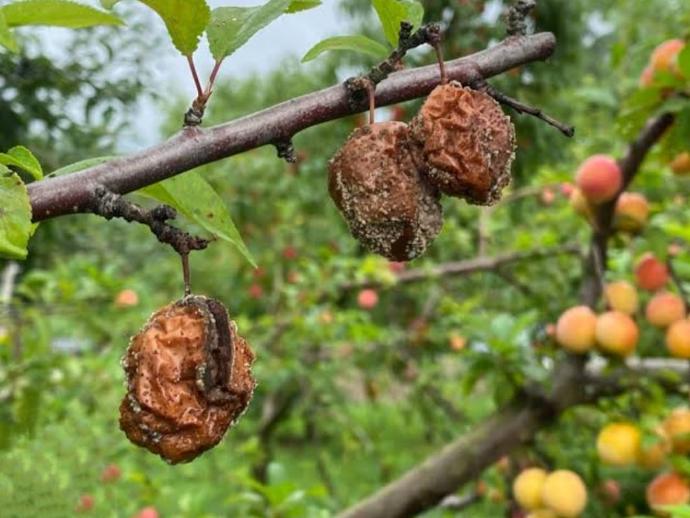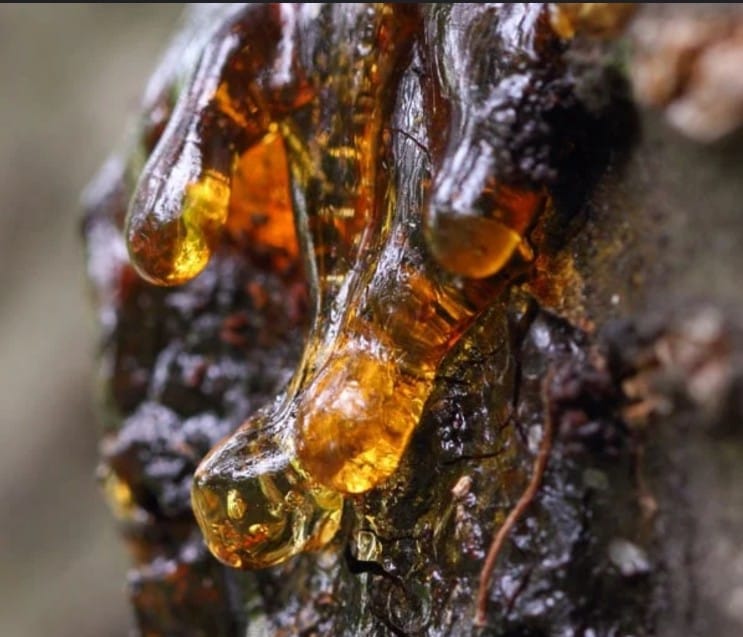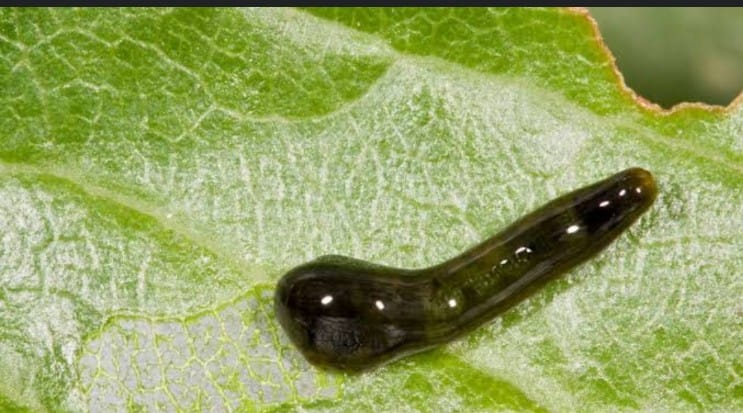Japanese Plum
Japanese plum trees, 15-20 feet in height and suitable for Zones 5-9, exhibit moderate growth in well-drained soil and full sun. They produce flavorful and edible plums.
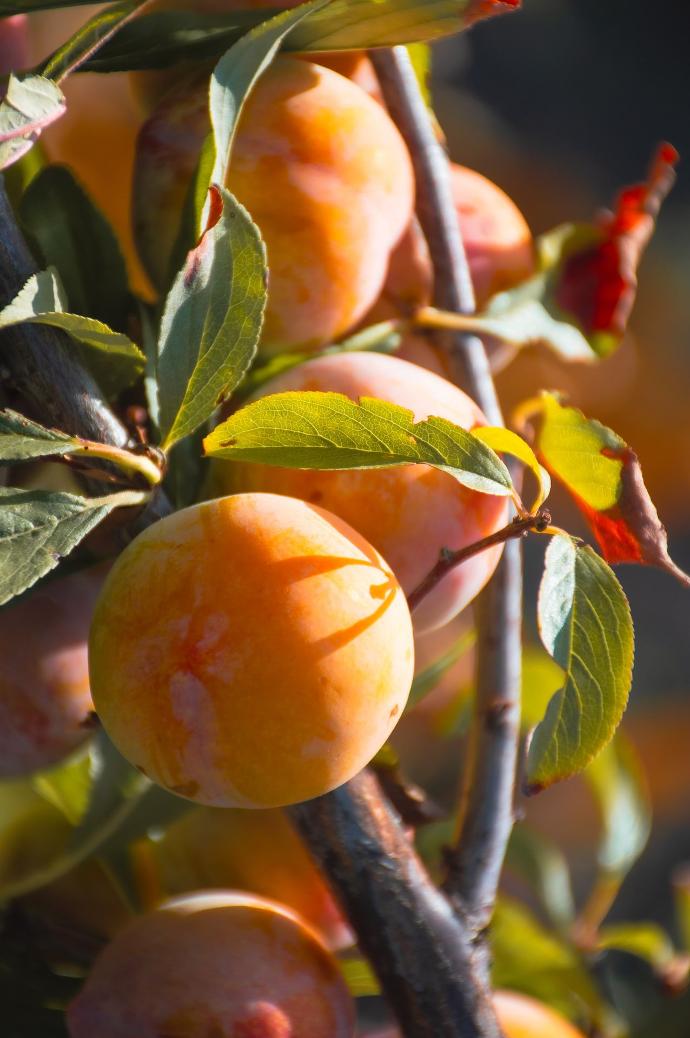
Habit
Tree
Height
4 to 6 m
Growth
Moderate
Soil
Well-drained, Loamy
Shade
Full Sun
Moisture
Moderate
Edible
Yes
Medicinal
Yes
Origin
Japan
Climatic Condition
Subtropical, Tropical
Temperature (°)
15°C to 30°C
Humidity (%)
60% to 70%
Potting media
40% Loam, 30% Sand, 30% Compost
Fertilizers
Balanced Fertilizers
Watering
Regular watering
Plant Weight
5 to 10 kg
Flowering Time
Spring to Early Summer
Soil Ph level
5.5 to 6.5
Water Ph level
6.0 to 6.5
Soil EC
0.6 to 1.0 mS/cm
Yield Per Plant
8 to 15 kg per plant
NPK ratio
10:10:10
life Span
10 to 15 years
Health Benefits
Antioxidant, Immune Health
Suggested Grow Media or Potting Mix ?
50% loam, 25% compost, 25% sand
Suggested Fertigation/Fertilizers
Fertilize every 6 weeks with a balanced fertilizer.
Common Diseases and Remedies
Brown Rot , Plum Leaf Spot .
Fruit turns brownish with lighter spots , Leaves of infected plum trees turn silver and start to curl-up .
Pruning , Maintain healthy orchid .
HEALTH BENEFITS
· Rich in vitamins and antioxidants
· Supports digestion
What Is An Japanese plum tree?
Japanese plums are small trees that bloom before spring, and their fruits ripen earlier in the summer than European plums. They generally need a cooler period to bear fruit compared to European plums.
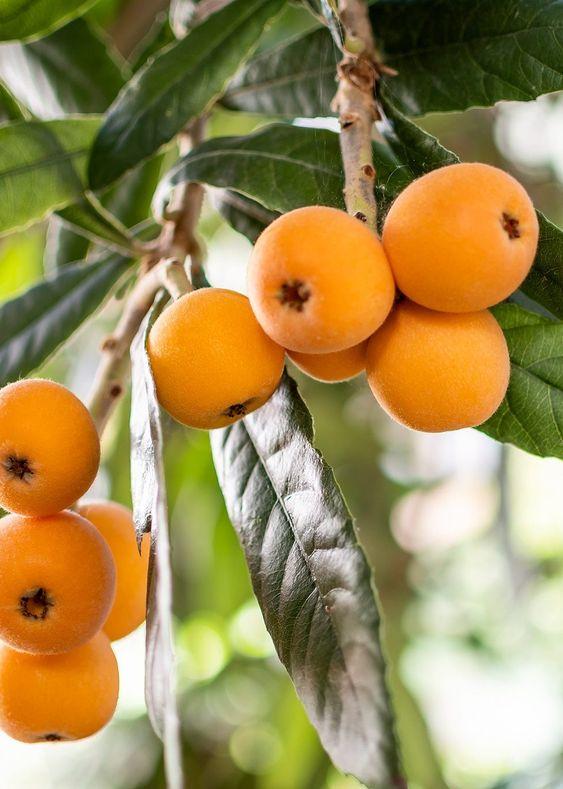
What Are The Different Types Of Japanese plum?
1. Santa Rosa
Santa Rosa. Santa Rosa is a self-pollinating Japanese plum.
2. European Plums
But remember (pun intended), Japanese and European plum varieties cannot and do not cross-pollinate.
3. Blood plum
Blood plum. The peel and skin of blood plums are red in color. The flesh is firm and plump, and its taste is very sweet and slightly sour.
4. Elephant Heart
Elephant heart plums grow well in climate zones 5 to 9. Cool to temperate climates, low soils and fertile soils are best for many varieties.
5.Moyer Plums
Moyer plums are widely regarded as the best plums in Europe. They are oval shaped, plump and have a sweet taste. 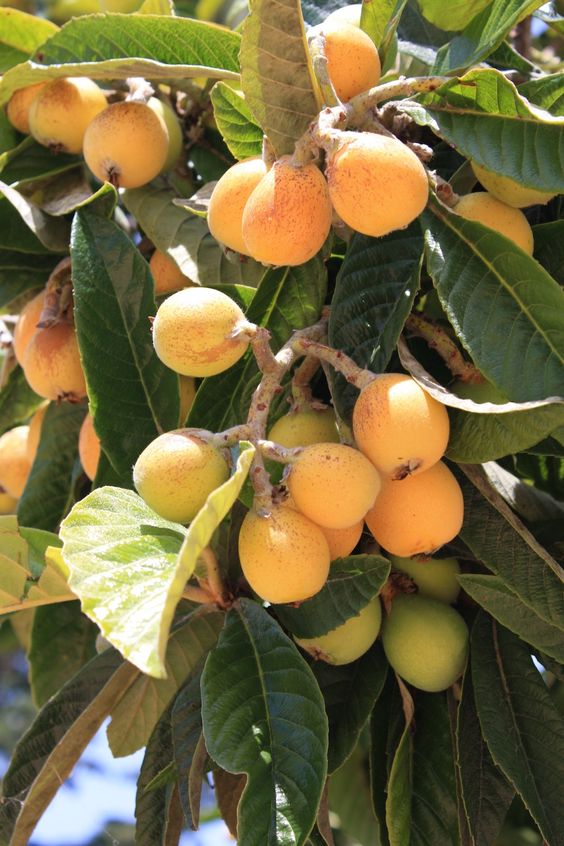
How to care for Japanese plum flowers?
Grow Japanese plums in moist but well-drained soil. Avoid wet areas or areas with poor water quality. Japanese plums are not as cold hardy as European plums, so avoid cold and wind.
Location
Plum blossoms bloom between February and March in Kakiki Village in the mountains of Western Shimane Prefecture. Fruits appear during the rainy season.
Sunshine
Plums are rich in dietary fiber and contain minerals such as calcium and potassium.
Soil
Well-drained red soil is suitable for high plum yield. Soil pH should be around 5.8 to 6.2 and rich in organic matter. It can grow at altitudes higher than 1,200 meters.
Hydration
Water the tree once a week during the first growing season. During the summer months it is a good idea to moisten the soil by 20 cm (8 inches) every few days.
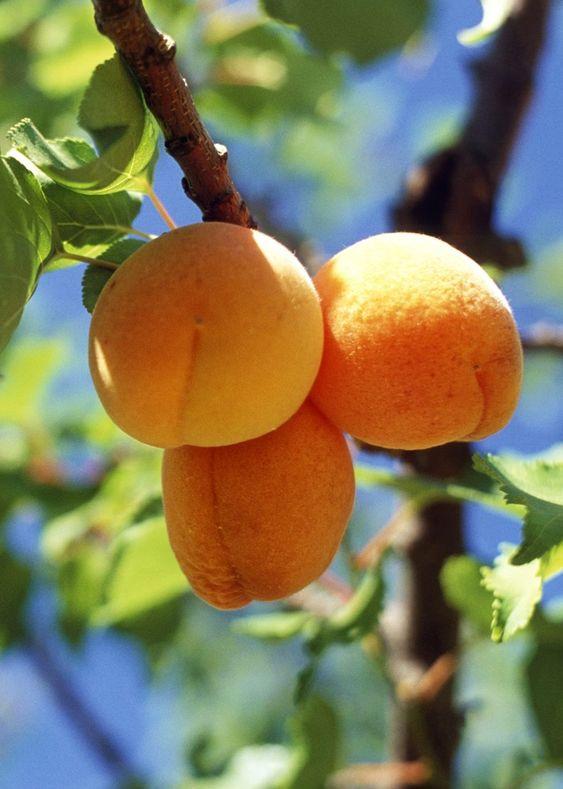
Nutrition
0 g fat. 3.4 grams of fiber. 10 grams of carbohydrates. 440 mg Potassium (9% DV)
Issues
Loss of basal bark on Japanese plums can be caused by insects or physical damage. One cause of injuries is from a lawnmower hitting a tree or an injury caused by a lawnmower being used to cut the grass around the tree.
What are the benefits of Japanese plum trees?
Health Benefits of Plums
Good alkalizing agent.
Reduce fatigue.
Helps the absorption of calcium and iron.
Helps blood flow (Mumefural)
Promotes metabolism.
Stimulates appetite.
Supports good digestion. 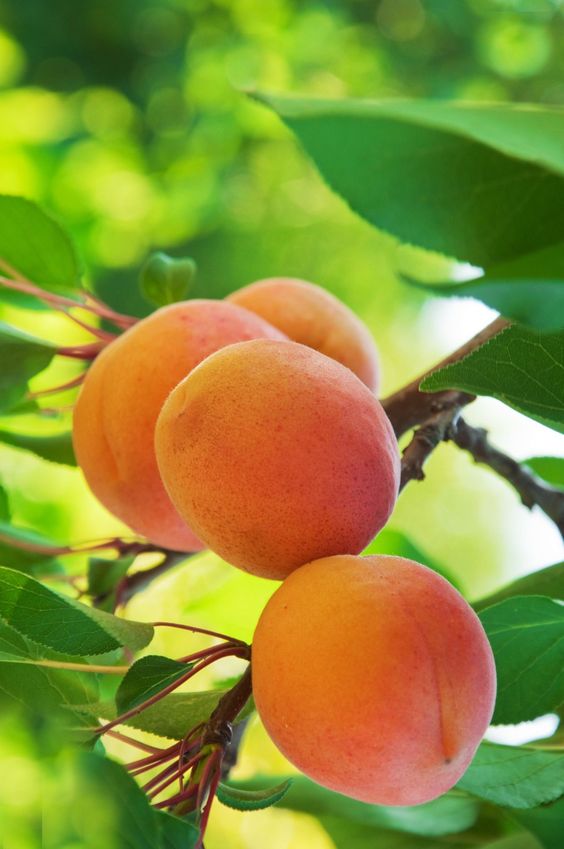
FAQs About Growing Japanese plum
1. What are Japanese plums used for?
They are not used for food, but are used in desserts, pickles, and umeboshi (pickled plums), umeshu (umeshu), plum miso, etc. They are used in making beverages. It is a famous superfood rich in citric acid, but its availability among young people is decreasing.
2. How many plums can you eat in a day?
An adult can eat 4 to 6 fresh fruits a day, depending on the size of the fruit. But children eat only 2 to 3 prunes a day.
3. What are the benefits of Japanese plum tea?
Umeboshi has a delicate, spicy taste and has an alkalizing effect on the body. Benefits include reducing fatigue, improving digestion, removing toxins from the body, and reducing hangovers.
4. Eating plums every day?
Plums are good fruits. Plums and prunes are a good source of vitamins, minerals, fiber and antioxidants.
5. What are the benefits of plums for the body?
Plums are rich in fiber and help slow down blood sugar after consuming carbohydrates. They also stimulate the body's production of adiponectin, a substance that helps control blood sugar.

